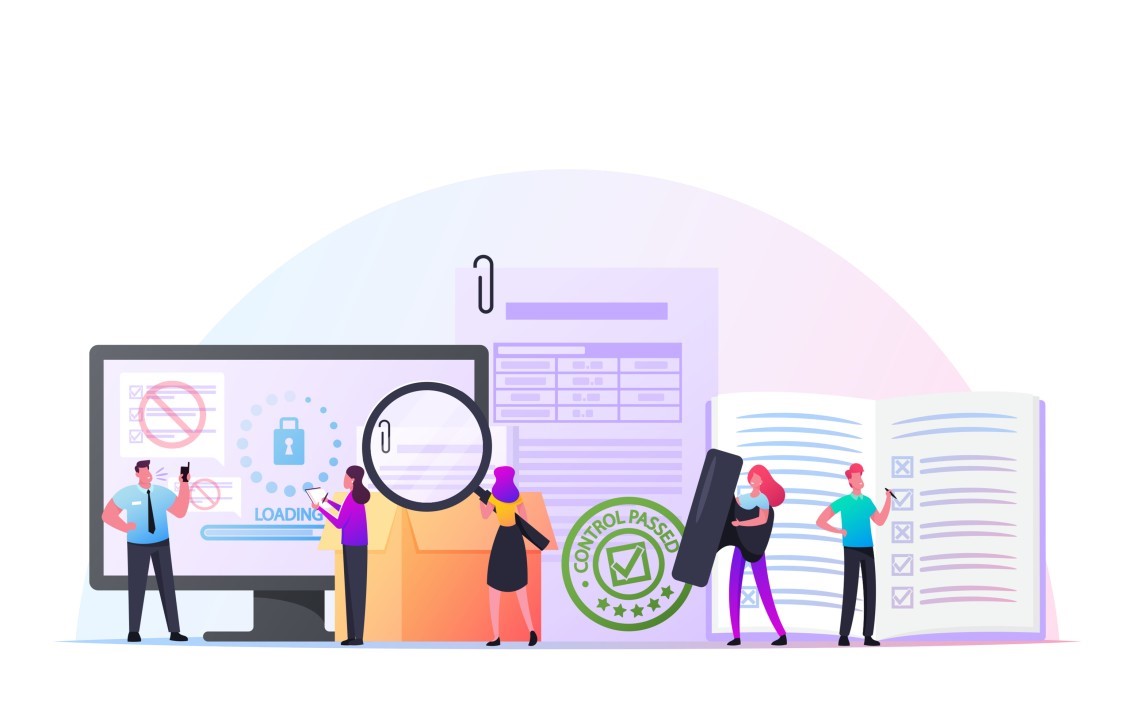Granted, the title was somewhat used as clickbait. It does however touch upon a core aspect of any data strategy: the responsibility matrix. We’ll keep this Monday Learn Day post very concise and crisp in order to let the idea seep in. According to a recent blogpost in CIO.com, “(…) there is always one critical success factor (CSF) that has either been effectively addressed or missed/messed up: clarity around the roles and responsibilities for each project participant and key stakeholder.“
An often used tool to support the success of digital projects is the “RACI” model. It is an acronym that identifies the key stakeholders:
- Responsible: this is the group that actually does the work. They are in the proverbial “driver’s seat.”
- Accountable: this is the stakeholder that “signs off” on the project. There always needs to be one, hence there is some truth to the title of our blogpost.
- Consulted: this is a somewhat wider group of people whose opinions matter to the project. They are regularly solicited throughout the process.
- Informed: an even wider group of stakeholders who are – as the word implies – “informed” without being expected to give feedback.
“Too many captains aboard a ship is likely to result in disaster”
One of the most common problems in the successful completion of a (data) project is the lack or abundance of people in the responsible and accountable categories. In other words: not having a captain is bad, having too many is just as disastrous. Make sure there is only one party “signing off” while keeping the group of responsible stakeholders relatively small.
Lastly, any responsibility matrix that is to be of any value needs to get buy-in from all stakeholders. Nothing is quite as difficult as getting feedback from people who feel alienated from the project. The same goes for disgruntled stakeholders in the “informed” group who believe their opinions should be voiced. Getting the responsibility matrix right is one piece of the puzzle in the development of a sound data strategy.



